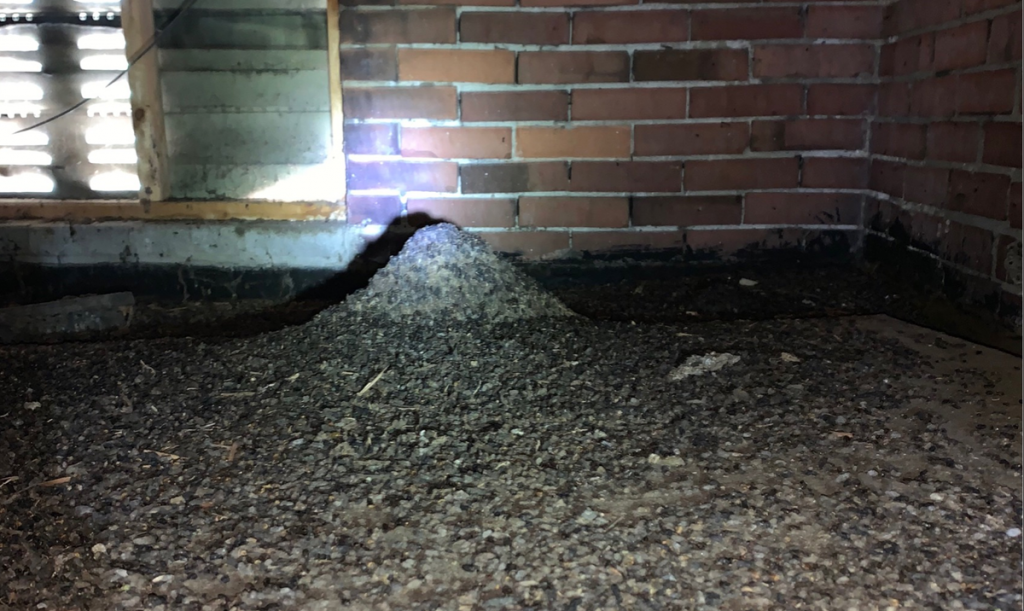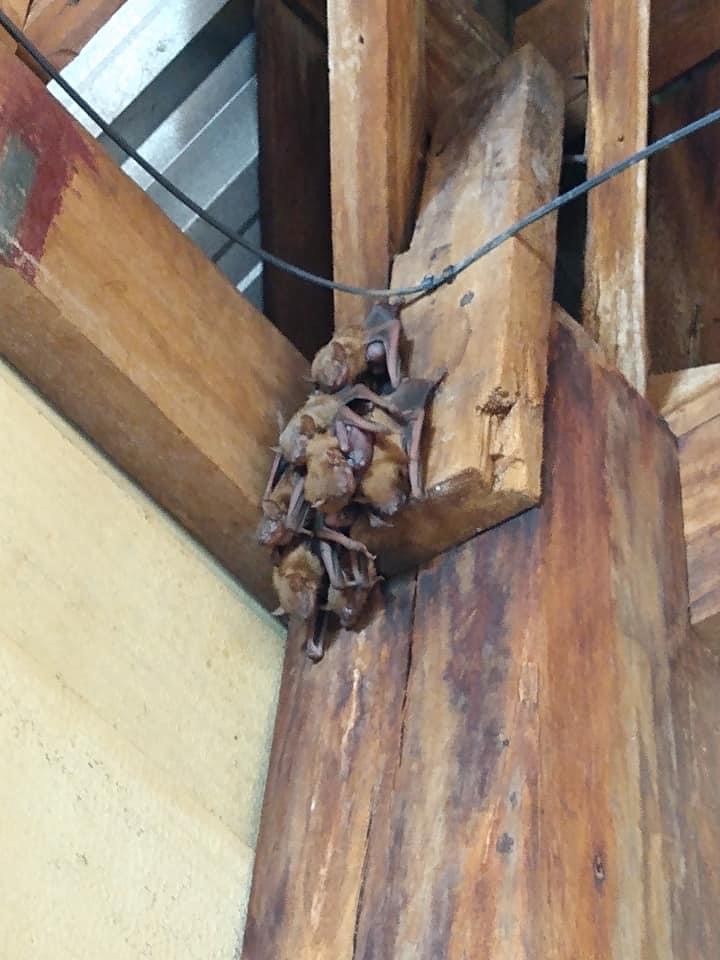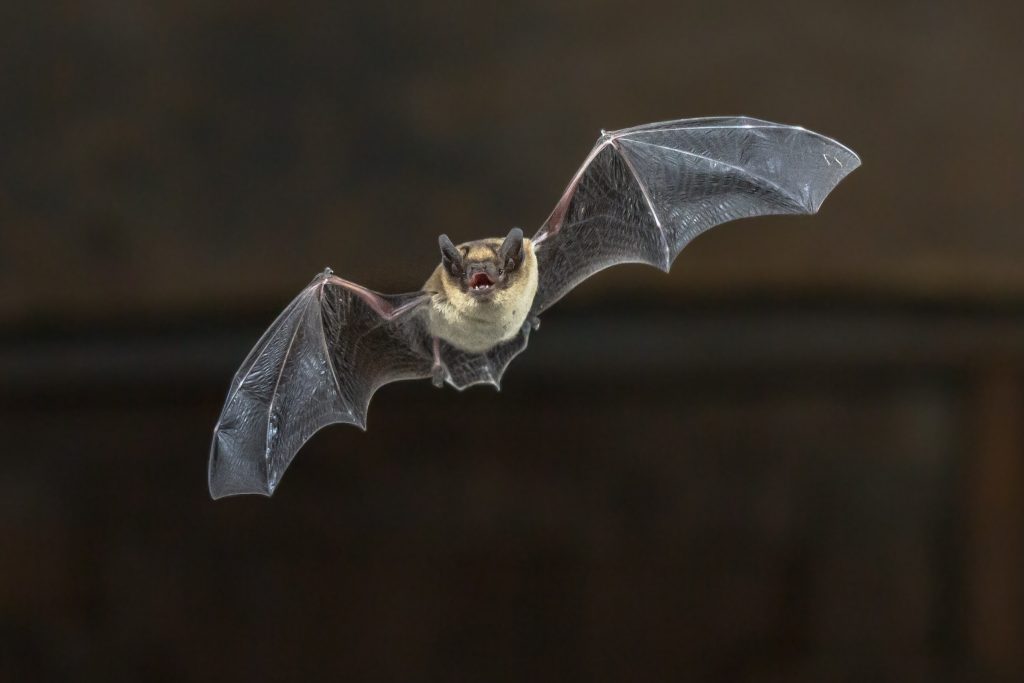Bats roost in the attic to either give birth or hibernate during the winter. The bats that stay choose a roosting place near food and water sources.
Once a colony of bats is established, the resulting bat problems for homeowners range from general noise and smell nuisances to the heightened risk of contracting illnesses.
Bat Entry Points into Attics
Depending on the time of year and the species of bat, they enter attics either to hibernate or give birth. Attics offer the warmth, humidity, and shelter necessary for rearing young pups.
Bats gain access to attics through gaps in roof shingles, mortar, windows, doors, and home ventilation systems. Gable vents are a common bat entry point into the attic.
Conflicts that arise from bat infestations in the attic range from unsightly messes to health risks, and some of the more negligible issues associated with bat presence include their insistent squeaking sounds and the strong musky odor that is excreted from their scent glands.
Bat Problems in Your Attic
One of the biggest bat problems is the collection of bat droppings, also called guano. Bat guano can introduce health risks to you and your family and damage your attic.

Guano provides a hospitable environment for the fungal spores that cause Histoplasmosis, a respiratory ailment, to grow. When droppings accumulate, the spores become airborne and can be breathed in by residents. During bat removal, the Critter Control experts wear respirators to protect themselves.
Bat guano collects under the roost location. The longer an infestatio,n the larger the pile of bat droppings. They can contaminate your insulation and weaken your ceiling.
In rare cases, a bat can find itself in the living space of your home. It is exceedingly rare for bats to bite you, but it can be difficult to find a bat bite spot. Additionally, bats are known rabies vector species. If someone has been in the same room with a bat, it is prudent to seek medical attention or contact the local health department.
Problems with Bats in the Walls
When bats (or any critter) gain access to the attic, they can also get inside the walls. Sometimes this is on purpose. The space between the walls provides a safe, dark space where bats flock.
Bats Stuck in the Walls
In addition to creating noise, a bat in the walls may become stuck. This is especially common for young bats, which have not yet mastered flying. If left alone, trapped bats often starve and die in wall voids, attracting rodents, cockroaches, and other pests with the smell of decay.
How to Get Rid of Bats in Your Attic
Not only do bats provide environmental and economic benefits, but also bat populations are threatened. Human behavior like wind turbines and pesticides hurt bat populations. White-nose syndrome is a fungal disease that spreads through bat colonies and has almost eliminated the Northern long-eared, little brown, and tri-colored bats.
Before you attempt a DIY bat removal, there are state and federal protections for bats. It is illegal to kill or trap bats in the attic. If flightless pups are present, you cannot install bat exclusions. Finally, without proper protection, amateur bat control can put your health at risk.
Bats in Attic Removal Near You
Not only is bat exclusion the most effective way to get rid of bats from roosting in your attic, but it is also the most humane and ethical bat removal strategy.
Exclusion tubes are a one-way exit, allowing bats in the chimney to leave but not to return. The process typically takes three to seven days to ensure all bats are out. After a final attic inspection, we remove the valve and seal the final exit point.
Once bats are gone, the professionals at Critter Control Canada will remove any feces and apply sanitization agents to decontaminate the area. In extreme cases, we offer full attic restorations and insulation installation.
Critter Control offers professional bat removal across the country. Where you live will determine when bat removal is possible. In colder climates, you cannot remove or disturb bats during


